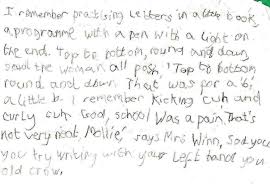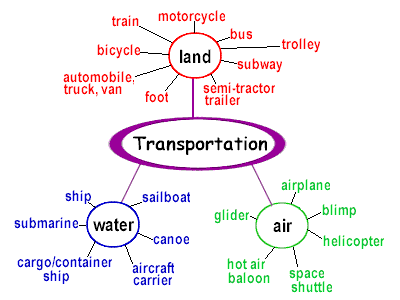Here I share a compelling experience I have recently had with some of my students.
I will start by thanking the whole staff that made this possible; however, I am going to tell my own plot about the development of this incredible work. Now, I am going to narrate what we did.
We developed an action project that contained a five-chaptered framework over which the students focussed on writing based on a fact conditioned by UNO ´s yearly planning. We extracted four aspects to delimit the topic of interest according to the resolution available. For example, we chose the Year of Mountains and the students mentioned a possible theme to work with. We considered the variable object of study, the focus to give to that variable and then, space and time.
We also worked on the general features that an action project commonly has. As an illustration, we had progressive workshops on which a problem was talked about and created the goals to achieve and offer some dable solutions and recommendations. We also went deeply into the topic and researched about it for a quite long time and mentioned the type of research, materials and procedure. This project had a quantitative approach with which we discerned an acceptable methodological process.
The students also prepared outstanding replicas of impeccable pieces of atifacts, such as a water purifying filtre or solar panel. Conversely, they took the idea of a research project like a documentary research and made models of Mount Everest and explained the campsites for turists and how COVID-19 pandemic affected turism in the area. I can solely say they were deemed a great job by viewers in the event.
To finish, families were keyed up and they applauded their kids. The satisfation is really big and there are no words to express how fulfilled I felt that day. To mention some thanking thoughts, I will add the names of some amazing teachers that made that day a heyday, Aura, Kelly, Erika, Isabel, Willian, Emily, Raylet, Alejandro, Elba, María and many others. Let´s attach some evidence on this.
IDEA SCHOOL / NAGUANAGUA, VENEZUELA
By Eduardo Becerrit





















